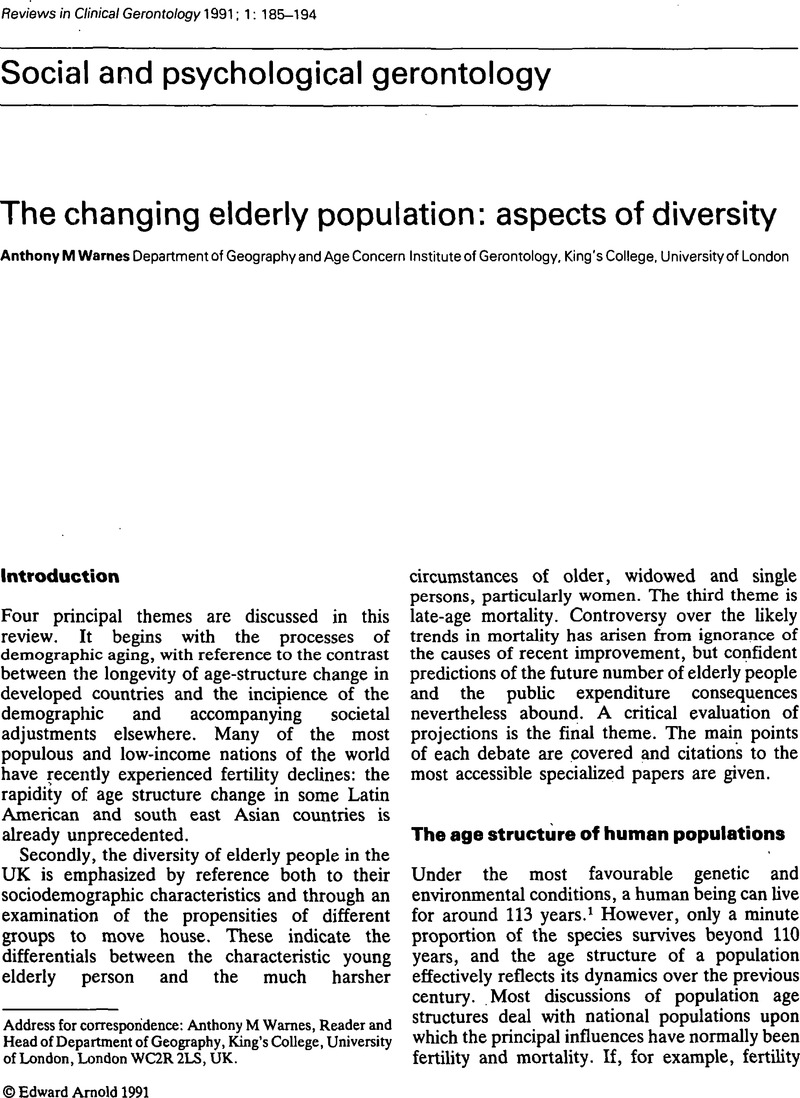Crossref Citations
This article has been cited by the following publications. This list is generated based on data provided by Crossref.
Orbell, Sheina
1996.
Informal care in social context: A social psychological analysis of participation, impact and intervention in care of the elderly.
Psychology & Health,
Vol. 11,
Issue. 1,
p.
155.
Koffman, Jonathan
and
Higginson, Irene J
2005.
Handbook of Palliative Care.
p.
43.
Koncz, Linda
2024.
Safe Places of Integration: Female Migrants from Eurasia in Lisbon, Portugal.
Open Cultural Studies,
Vol. 8,
Issue. 1,



